Cay Sao Wharf in flood season.
Before the victory of Tua Hai (January 26, 1960), there were political struggles against the anti-communist campaign named Truong Tan Buu, in which the Saigon puppet government chose Phuoc Vinh as one of two "pilots". Failing, they strengthened the system of secret agents and informants to hunt down and terrorize "Resistance fighters", culminating in the promulgation of Law 10.59.
Political struggles took place fiercely right in Phuoc Vinh land, spilling over to the district headquarters... In 1958, the district's Military Affairs and the Ta Pang commune Party Committee won the mutiny at Bang Dung garrison, forcing the enemy to abandon the garrison.
After Tua Hai, the revolutionary spirit rose like the water of the Vinh River in flood season, sweeping away all enemy posts from Lo Go to Vinh Bridge. From here, Phuoc Vinh was a solid liberated zone, a steel belt protecting the bases of the Central Office for Southern Vietnam.
Phuoc Vinh is a base area of the Central and local governments, such as Hoang Le Kha Boarding School, the Provincial Political School, agencies under the Eastern Command and the Central Bureau... This is where events took place: teachers and students of Hoang Le Kha Boarding School received letters from President Ho Chi Minh and President Ton Duc Thang; it is also where the 2nd Tay Ninh Provincial Party Congress took place at Cay Sao Wharf and many other important political and social events, which had a wide influence on all regions in the South during the resistance war against the US to save the country.
The most typical event took place in 1963. The book "Revolutionary Traditions of Phuoc Vinh Commune" (1985) recorded: "In 1963, Phuoc Vinh Commune was chosen by the province and Chau Thanh district as the first point to build a transitional government. This was also the first pilot of the Central Government.
Activities and study sessions on the significance of the regulations and procedures for the election of the People's Council and People's Committee were held in Xom Chua hamlet. Officials from the district, province and central government attended. Comrades Vo Chi Cong, Nguyen Huu Tho, and Tran Bach Dang spoke and encouraged party members and people of Phuoc Vinh commune to be wise and democratic in choosing to elect the People's Council of the commune and establish a model transitional government for the entire district.
Now, some people may consider this a normal event. But in the context of the "Special War" advocated by the US at that time; surrounded by enemy guns, bullets, bombs and artillery, the people of Phuoc Vinh were still confident and excited to go to the polls to establish a public democratic government, it was truly a special and shining event of the People's War led by our Party. Moreover, there were even competitions to celebrate that event.
Most notable was the competition to establish new achievements in the development of production in the liberated areas. After 60 years, the results of that competition still exist today. That is the canal "from Dua canal and Nang lake to Go canal in Huynh forest island" and then to Dong Vam Co river, acting as a "sour basin to wash away alum" for 800 hectares of rice fields.
Phuoc Vinh people still love and care for this canal to keep it flowing, continuing to bring water to nearly a thousand hectares of rice fields, with productivity increasing each year. The canal of the past is now over 10m wide, flowing straight between the banks filled with the green color of rice.
Regarding this historic emulation campaign, the book quoted wrote: “The army and people of Phuoc Vinh were determined to dig a canal 3,800m long, 4m wide on the surface, 1m50 on the bottom and 2m deep... The people of the whole commune were bustling with flags, slogans, hoes, shovels, and spades, forming a team to pull people from the hamlets to dig the canal.
The central film crew captured this historical film. The atmosphere of the march was very heroic... The first phase completed a section from Dua canal to Huynh forest to celebrate July 14, 1963, the election of the Commune People's Council... To welcome the new Transitional Government with a successful election, the people of the commune continued to complete the canal section from Bau Nang to Go canal, surrounding Huynh forest island to the river...".
Along with political and economic achievements, other socio-cultural aspects in Phuoc Vinh were taken care of and developed, improving the spiritual life in every hamlet. A base area with such a strong vitality in Phuoc Vinh was not only of interest to the Central and the province, but also to the attention of international revolutionary forces. Also according to the cited book, "At the end of 1964, the army and people of Phuoc Vinh commune were honored to welcome many international delegations to visit".
These were the delegations: Poland, Cuba, China, Mongolia and France. In 1969, there was another “crime investigation delegation led by Mr. Bot Set and 2 others… They took photos and filmed many crimes committed by the American invaders, destroying and killing, and spraying toxic chemicals to destroy the green color in Phuoc Vinh commune…”. That was the result of the local war period, when the US poured troops into the South in droves, the fire and bullets were so intense that Phuoc Vinh became a white belt.

1963 Election in Phuoc Vinh
Up to now, after nearly 50 years of peace, green has returned to the Phuoc Vinh base area, with planted forests, primeval forests, fields and streams. Many place names have changed, such as the area south of Highway 788 where there was a canal 60 years ago, now called Phuoc Loi, Phuoc Loc, Phuoc Thanh and Phuoc Lap hamlets. When asked about old place names, such as Chot Lo Vieng, Chua hamlet, Tham Thai or Trang Cong, Bau Rau Muong... many middle-aged people still know and are willing to show the way. But unfortunately, these famous places from both resistance wars have not been considered to become historical and cultural relics, except for the Hoang Le Kha School site.
And there is more! Phuoc Vinh is not on the list of safe zone communes recognized by the Prime Minister in Tay Ninh. Currently, there are only 4 communes recognized, namely Tan Binh, Tan Lap in Tan Bien district; Tan Thanh in Tan Chau and Don Thuan in Trang Bang town.
Meanwhile, if compared with the criteria for recognizing a safe commune, Phuoc Vinh has at least met 3/5 criteria - Necessary conditions for recognition. That is criterion 1: Being directed by the Party Committee from the regional committee, military committee or higher to build a safe revolutionary area (with conditions of terrain, topography, politics, military, socio-economics, population and ensuring safety for the Party's revolutionary leadership activities during the resistance war against France and the US.
Criterion 3: Places where especially important events took place, where strategic decisions of the Party were turning points in the stages of the two resistance wars against France and the US, or where the headquarters of agencies, organizations, and units of the Party, State, Vietnam Fatherland Front and socio-political organizations from the regional and Military Region levels and above are located...
Criterion 4: Places for stationing, training, coaching, gathering, and transit of armed forces (army, police) from company level and above; places with warehouses for storing food, provisions, weapons, equipment, military uniforms, military supplies, etc. during the resistance war against France and the US to serve the Front at campaign level or military region level and above.
Tran Vu
Source








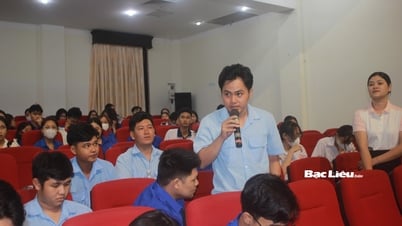
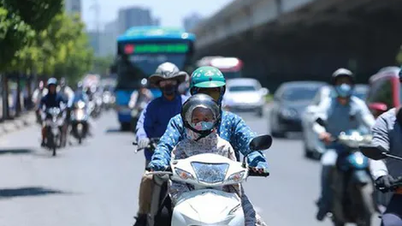

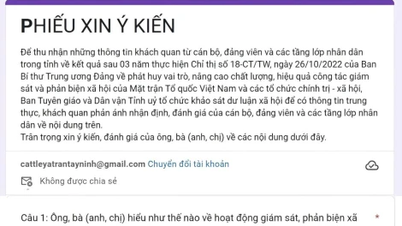
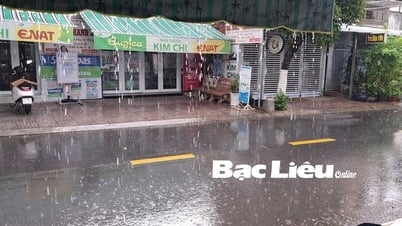
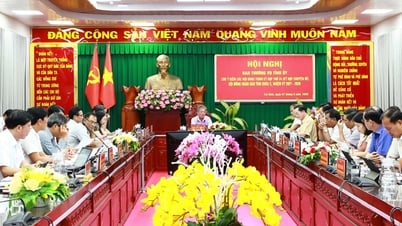
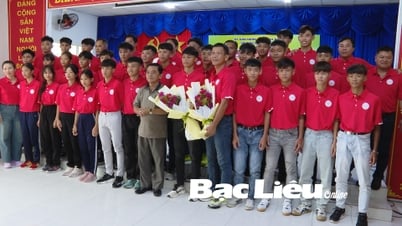




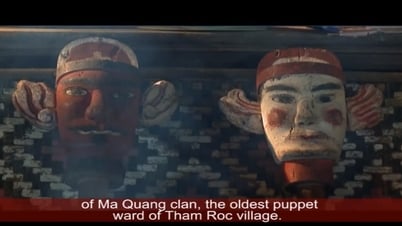


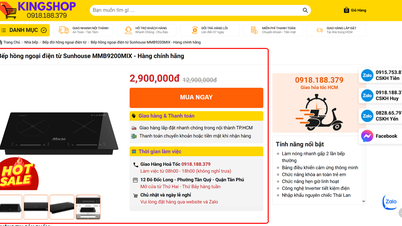
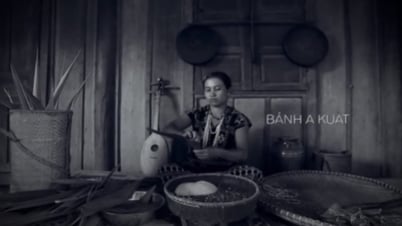





























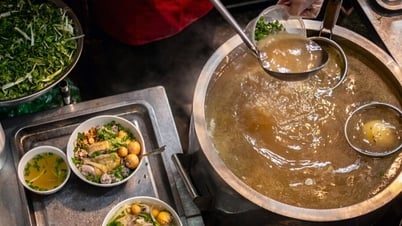

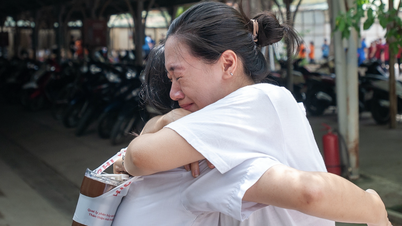












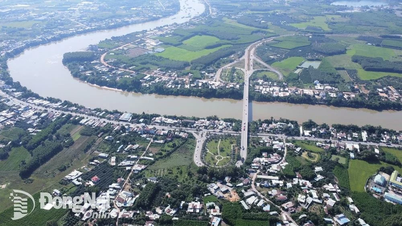

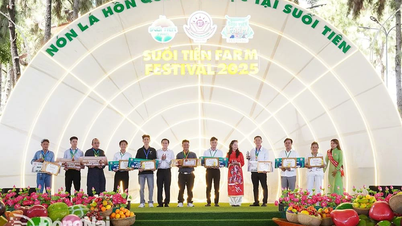


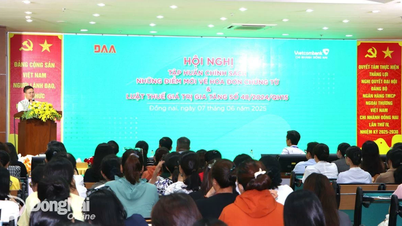
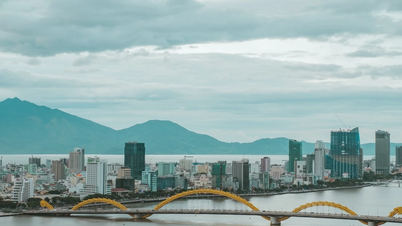










![[OCOP REVIEW] Tu Duyen Syrup - The essence of herbs from the mountains and forests of Nhu Thanh](https://vphoto.vietnam.vn/thumb/402x226/vietnam/resource/IMAGE/2025/6/5/58ca32fce4ec44039e444fbfae7e75ec)




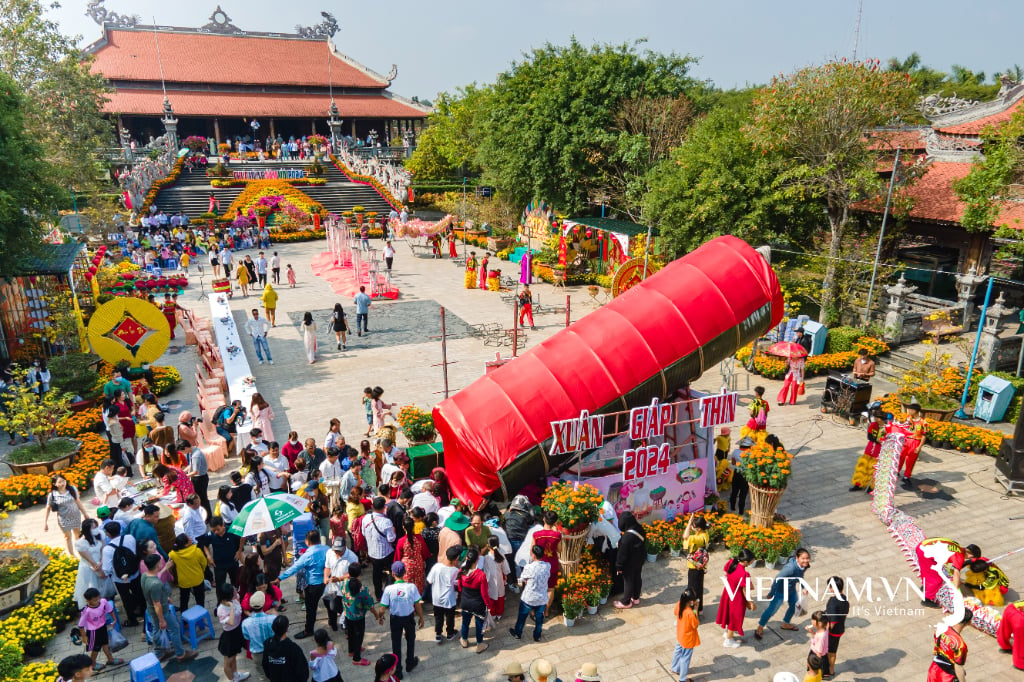

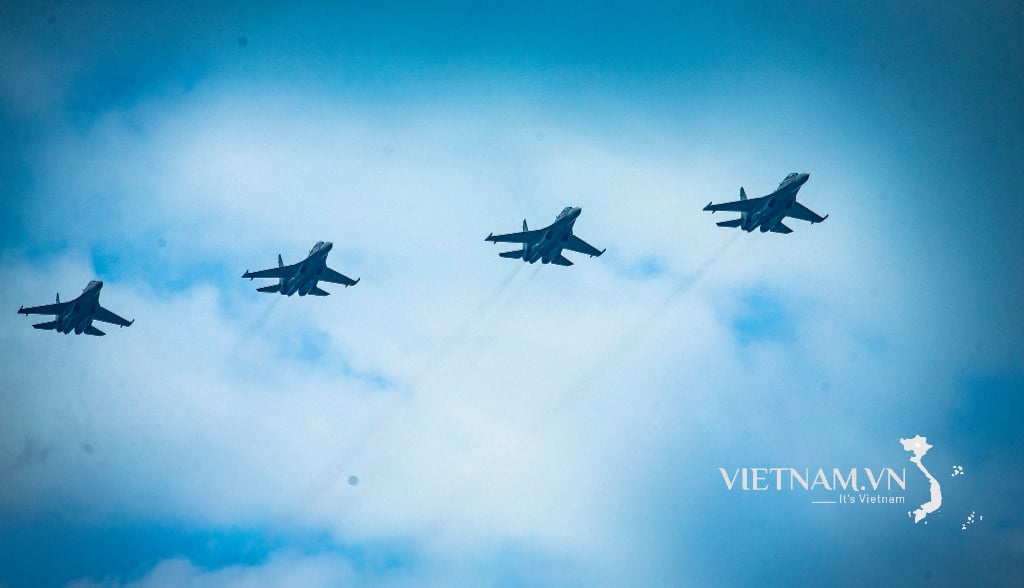
Comment (0)